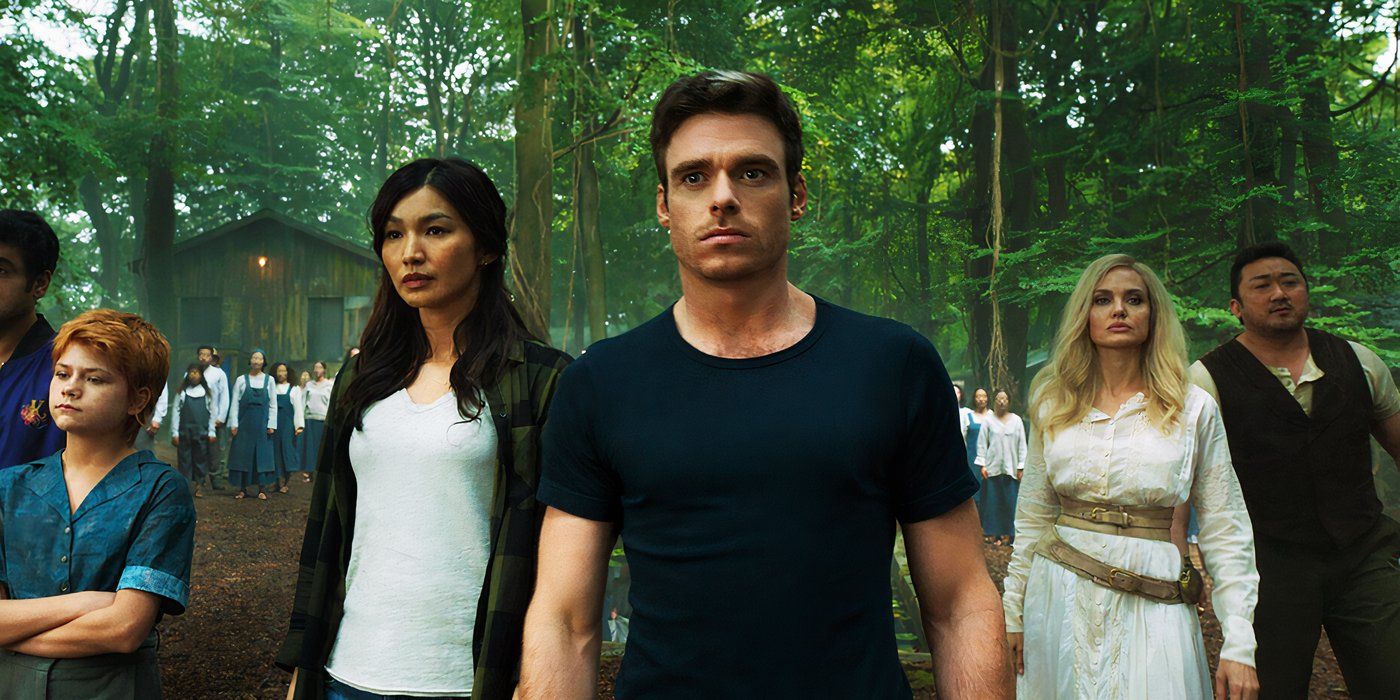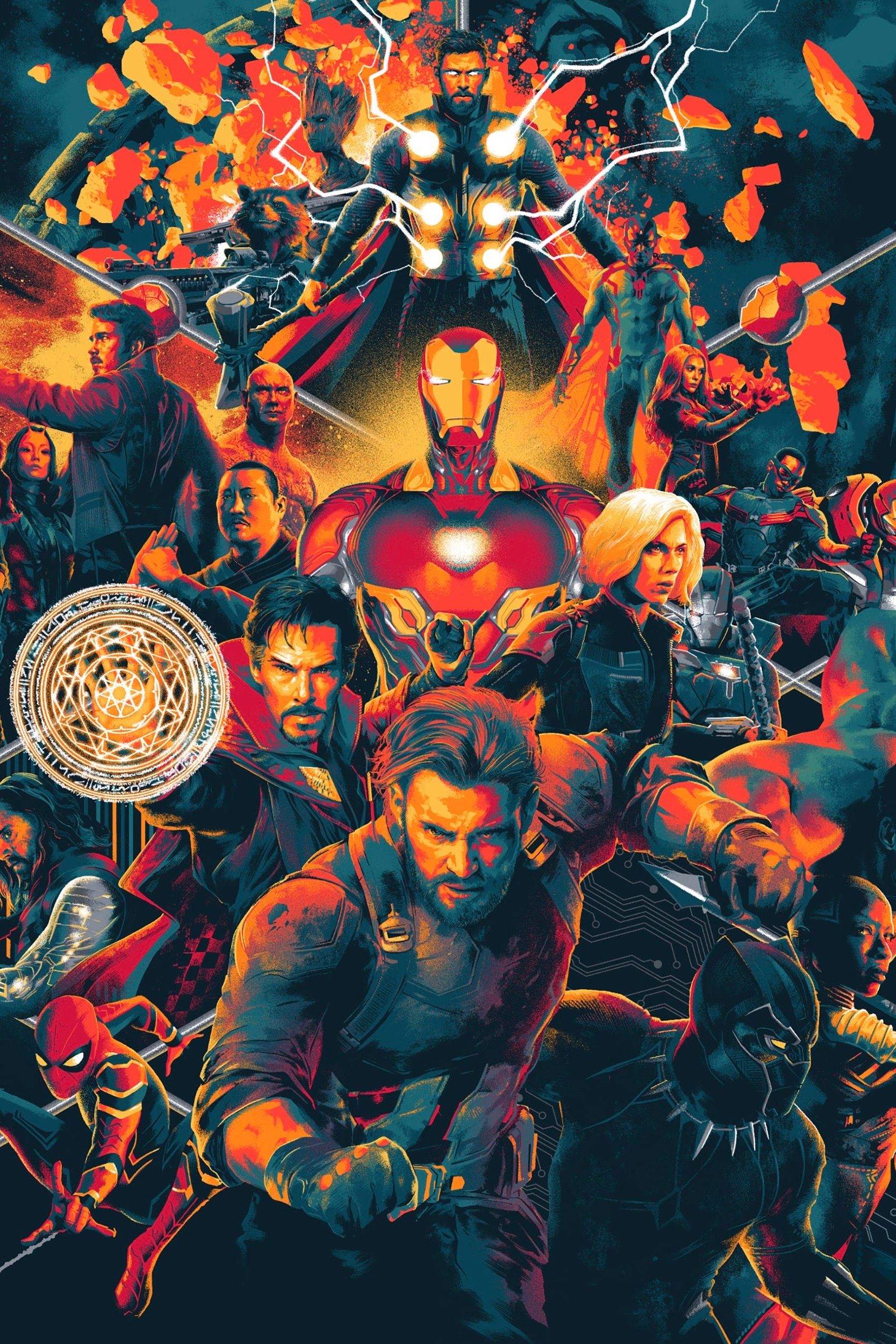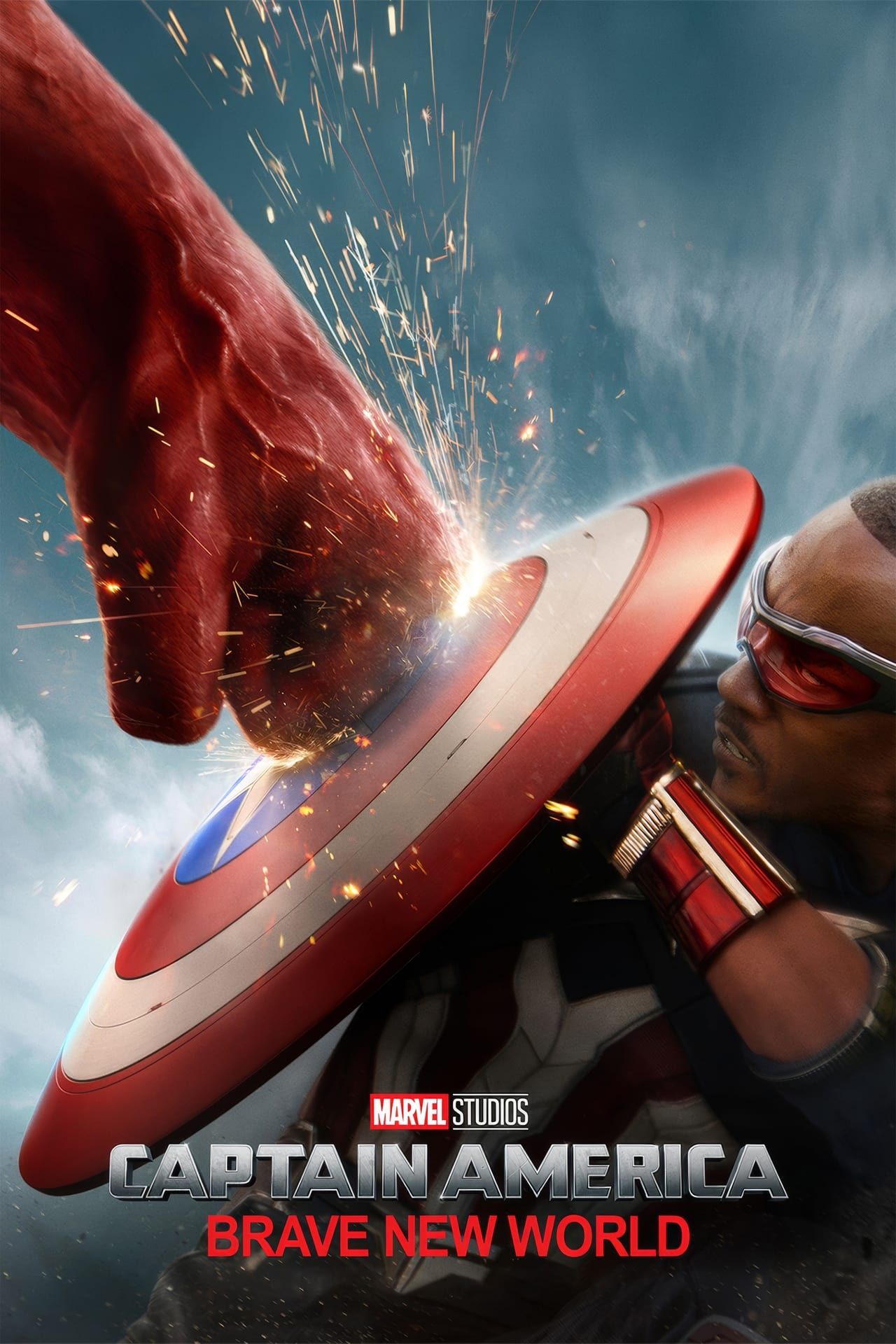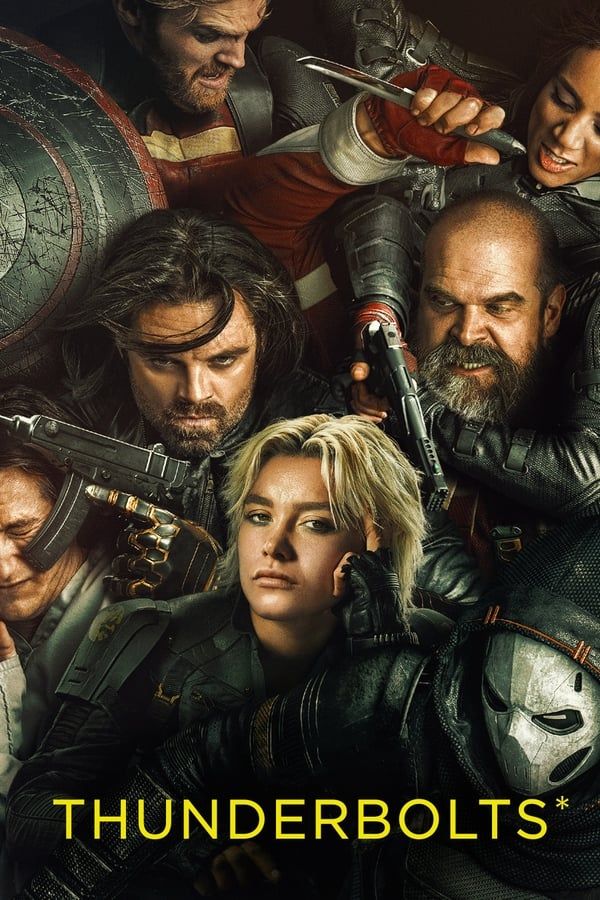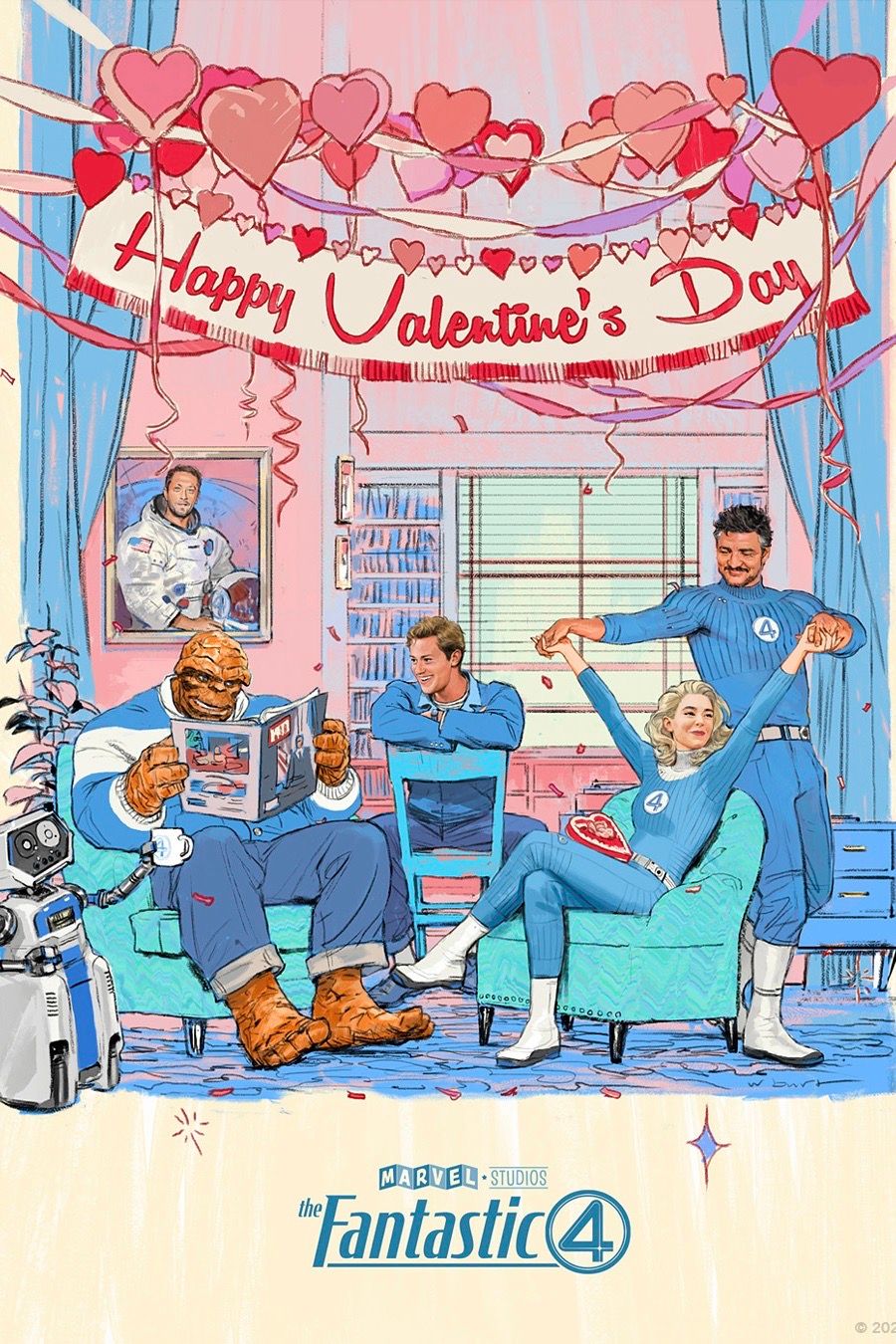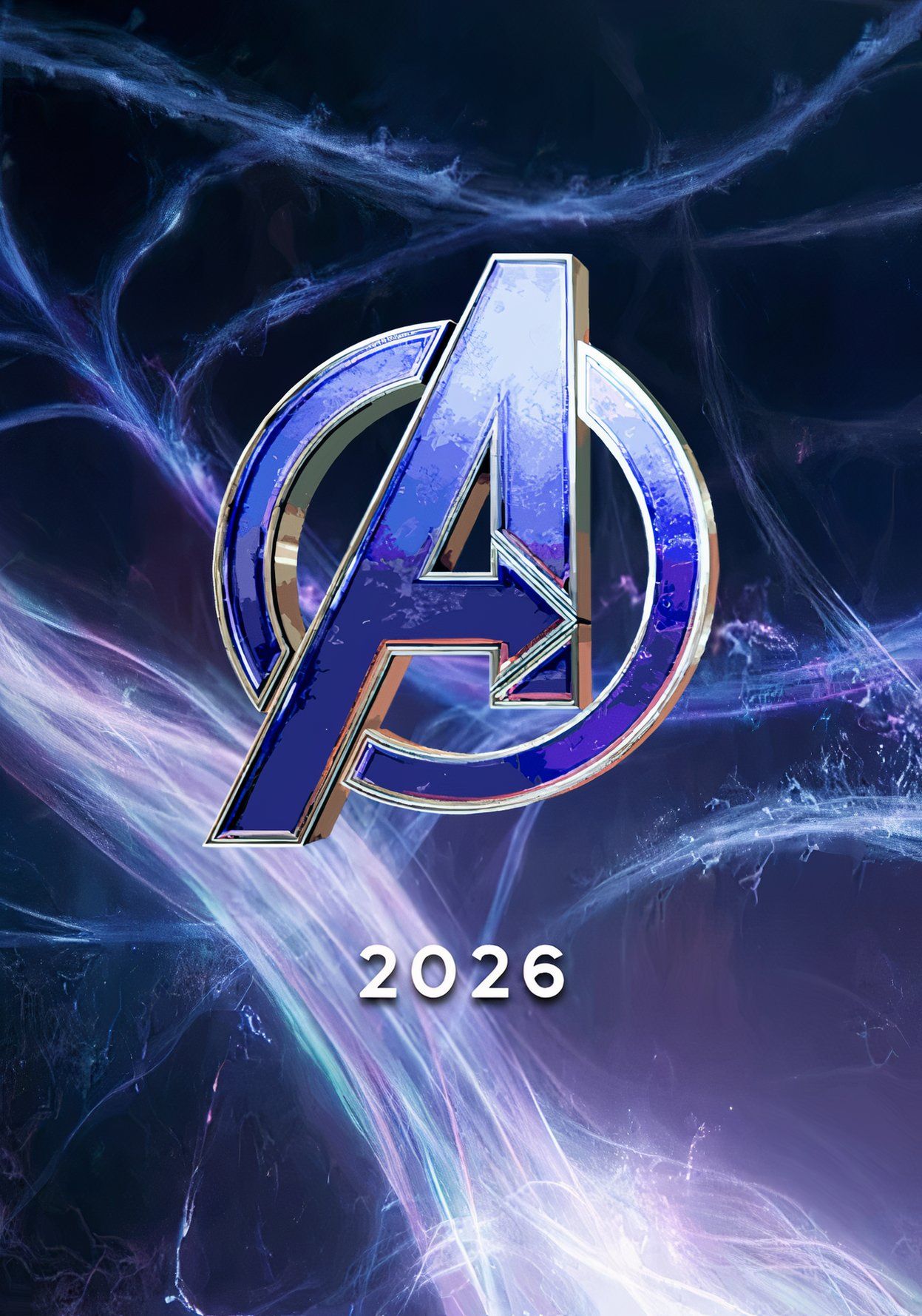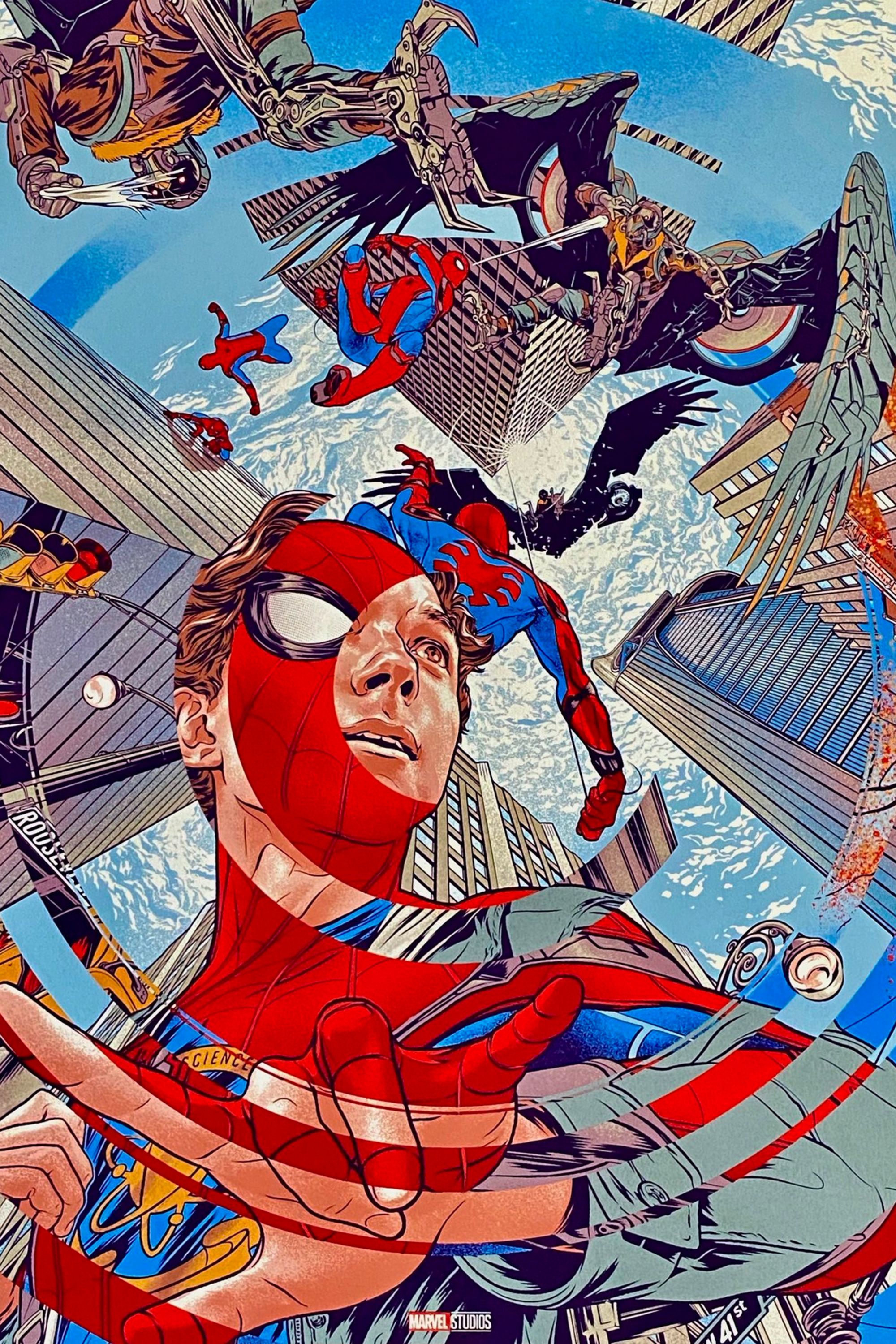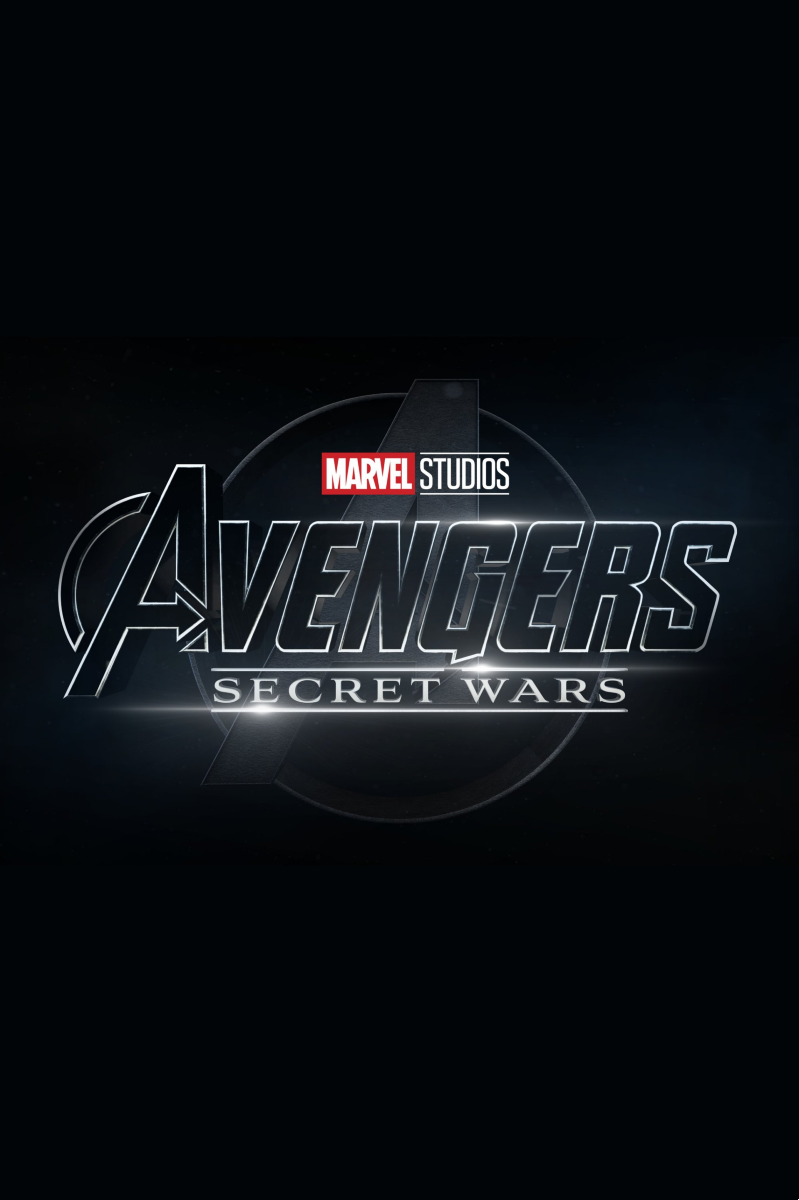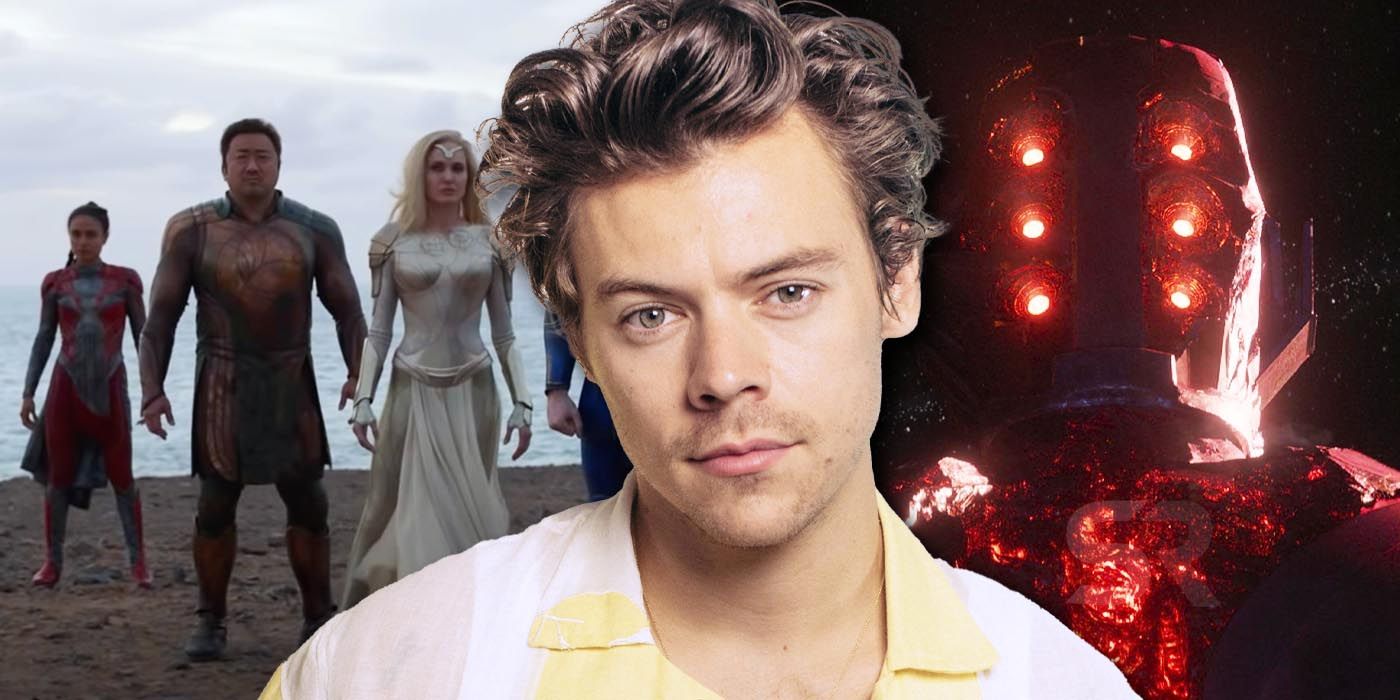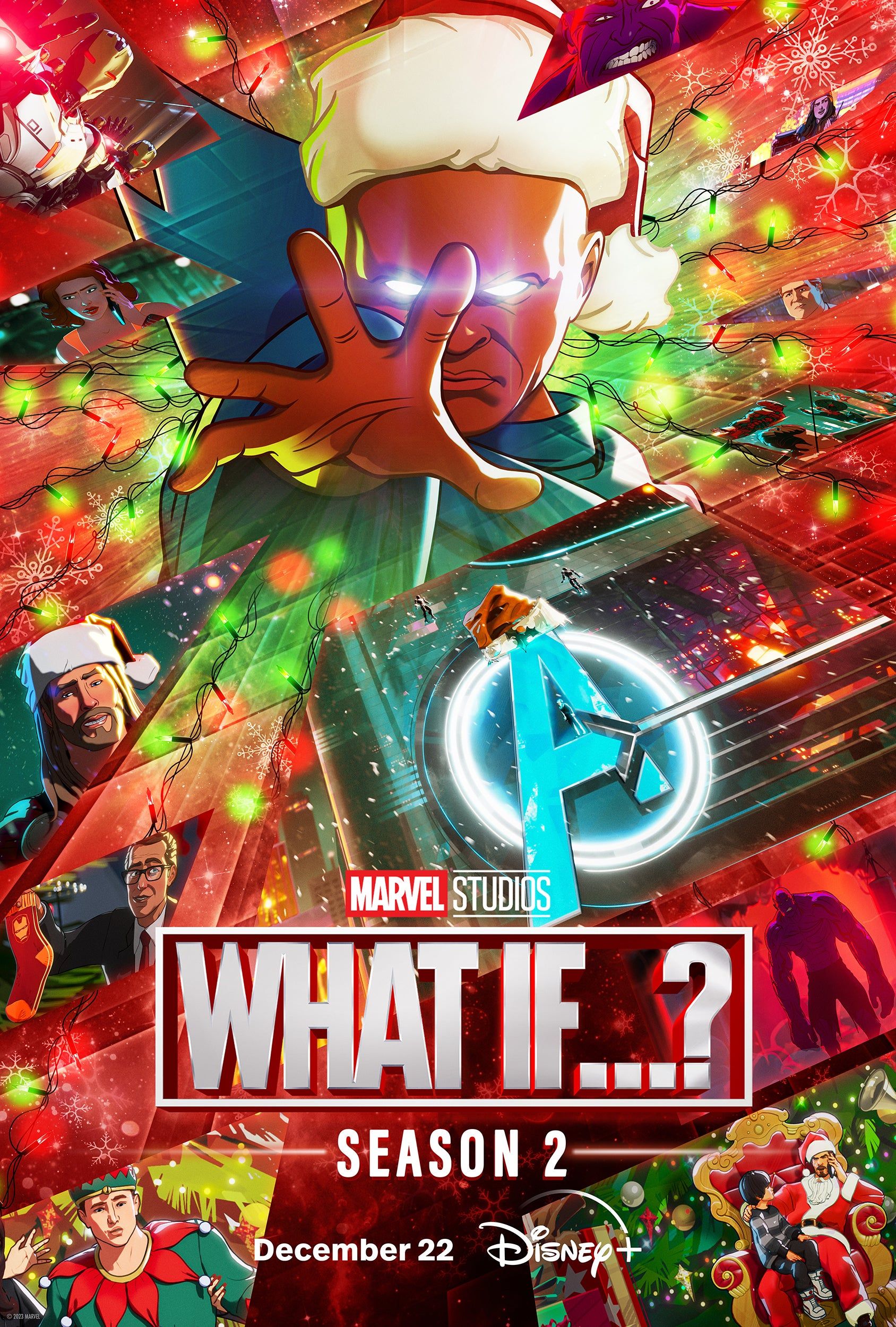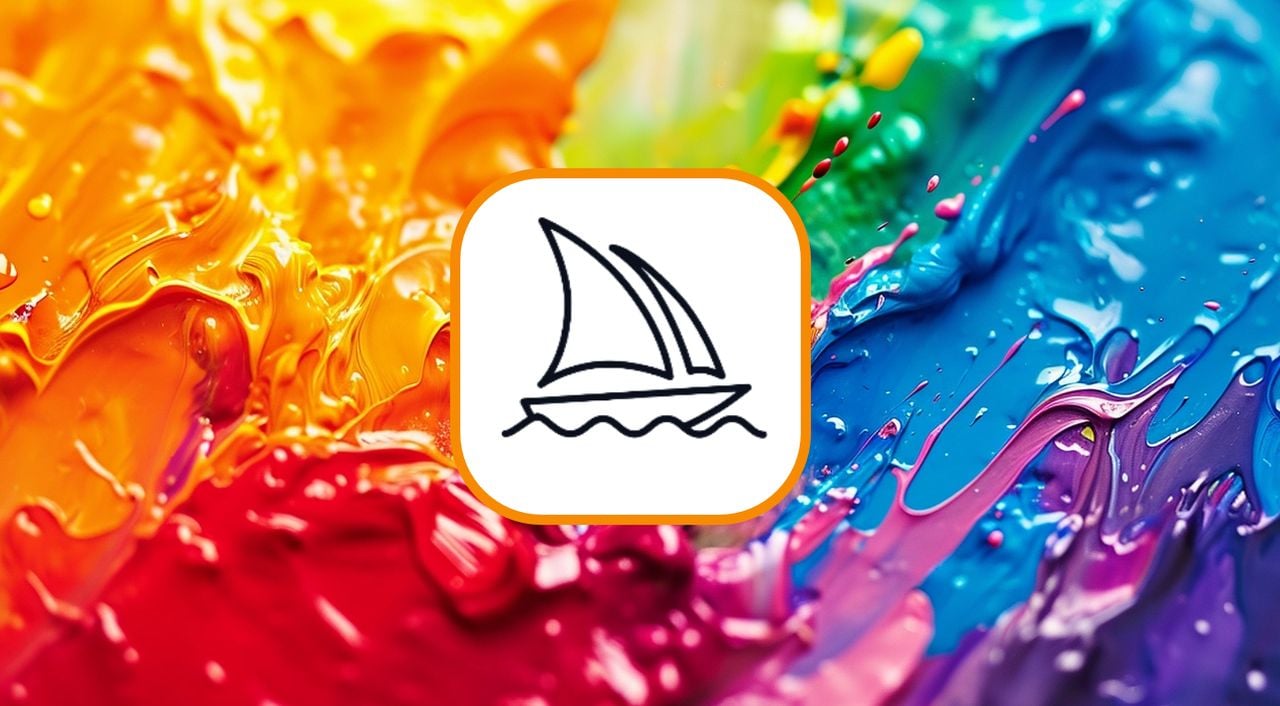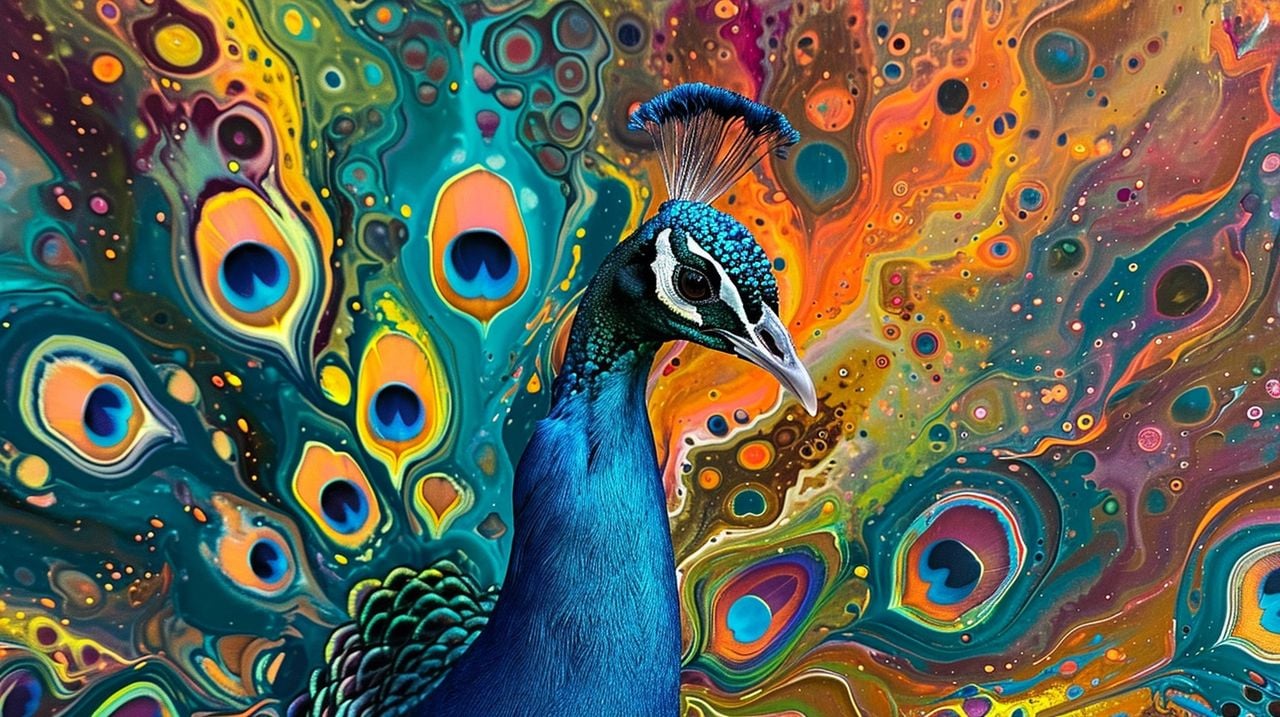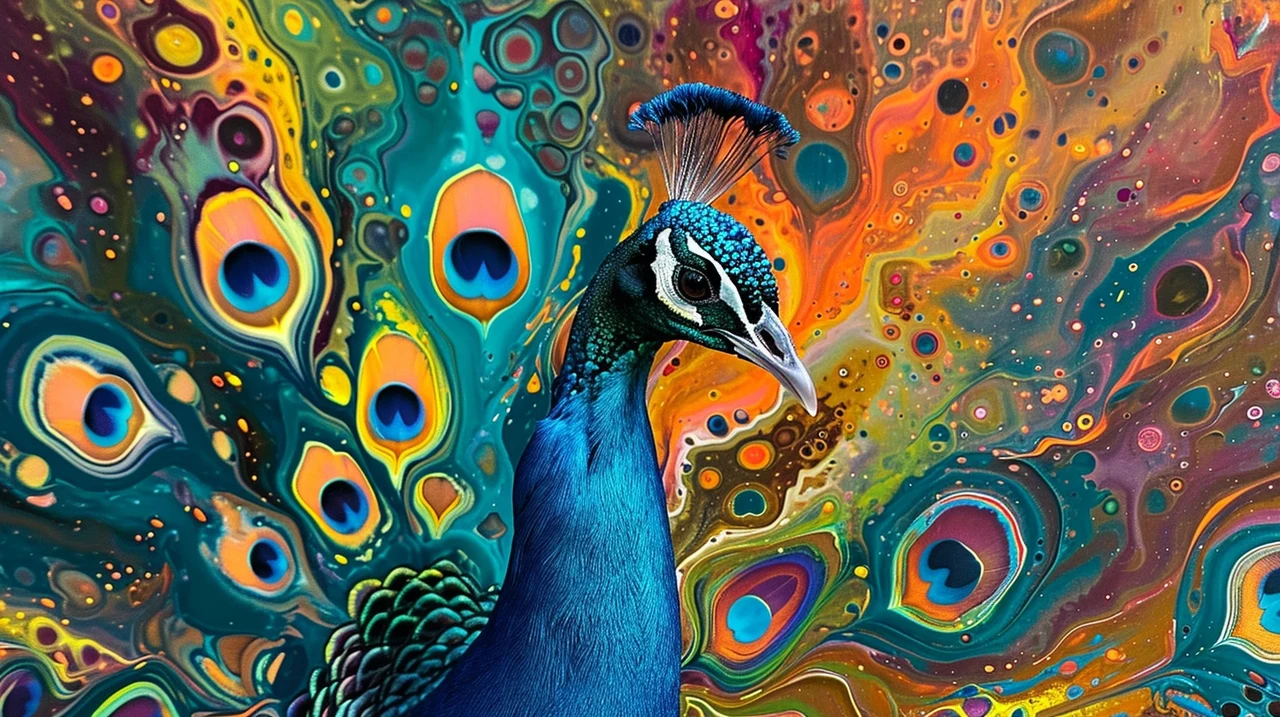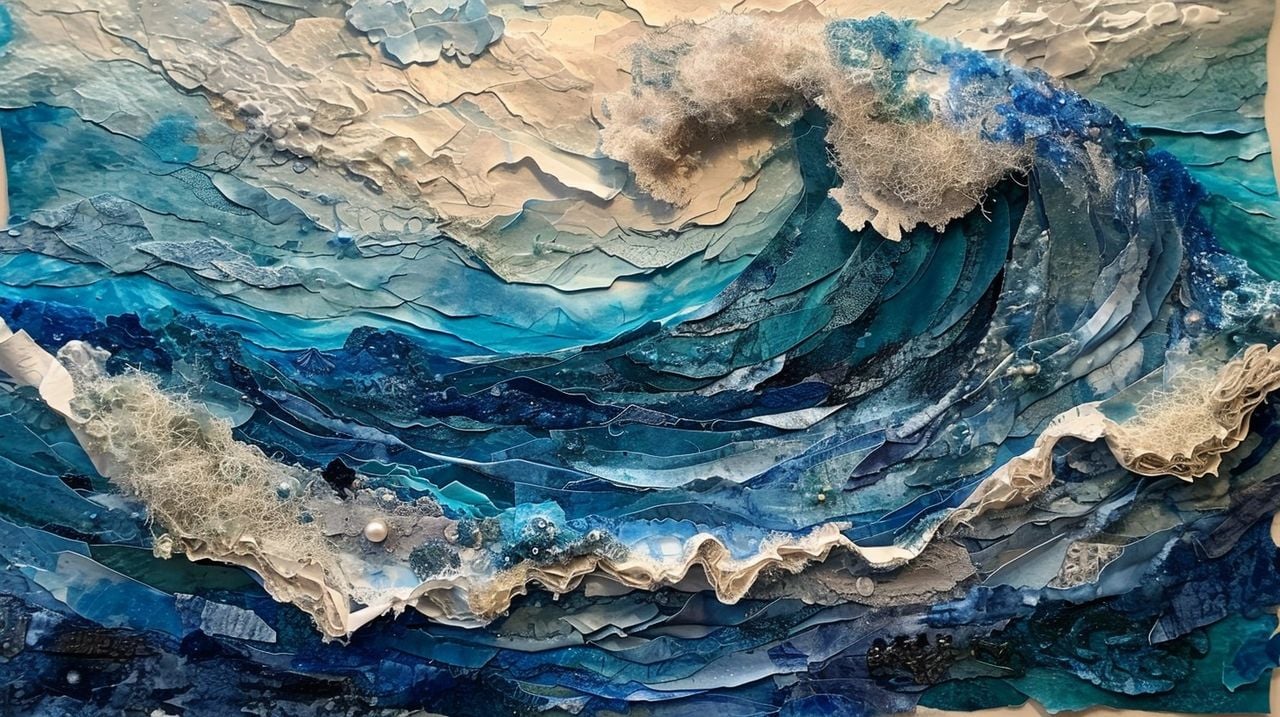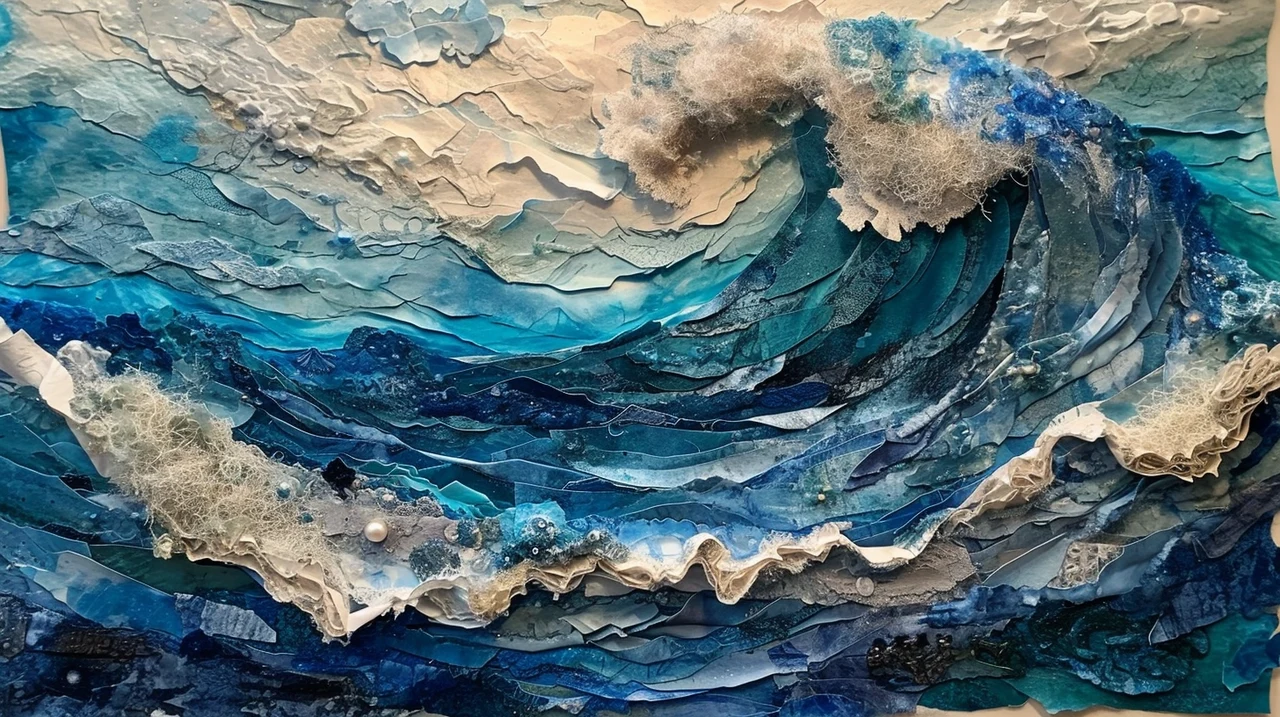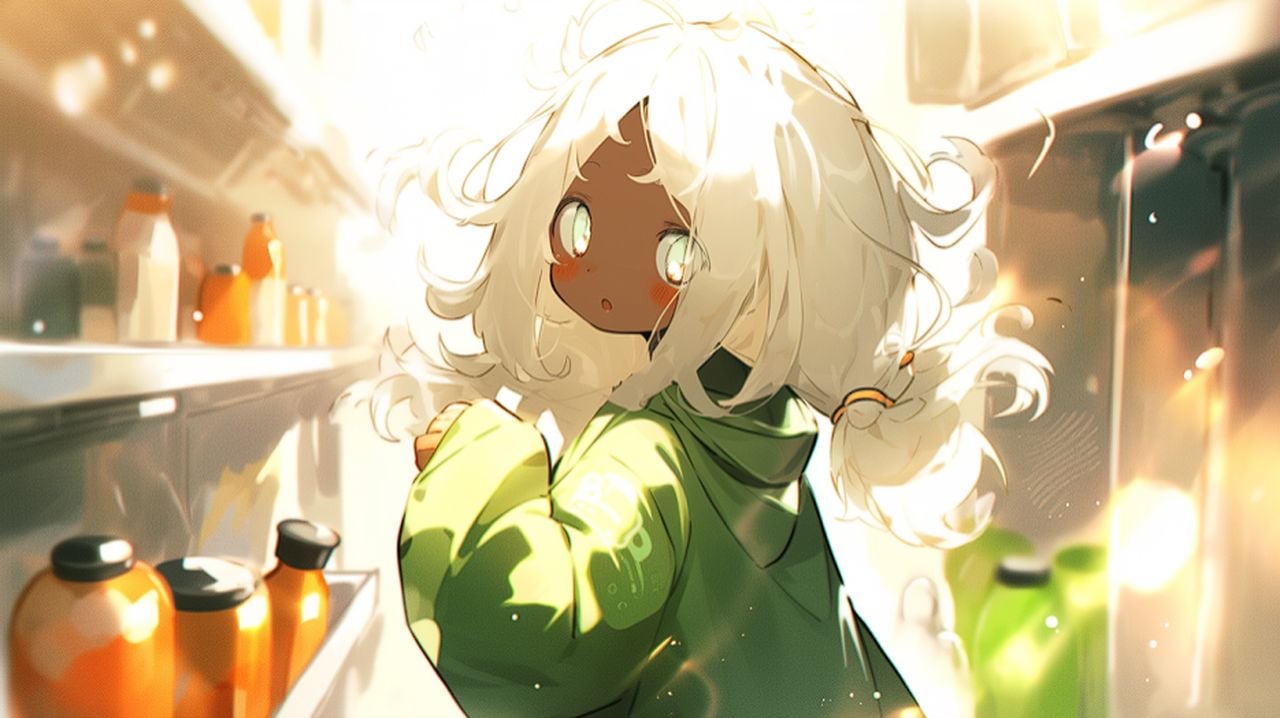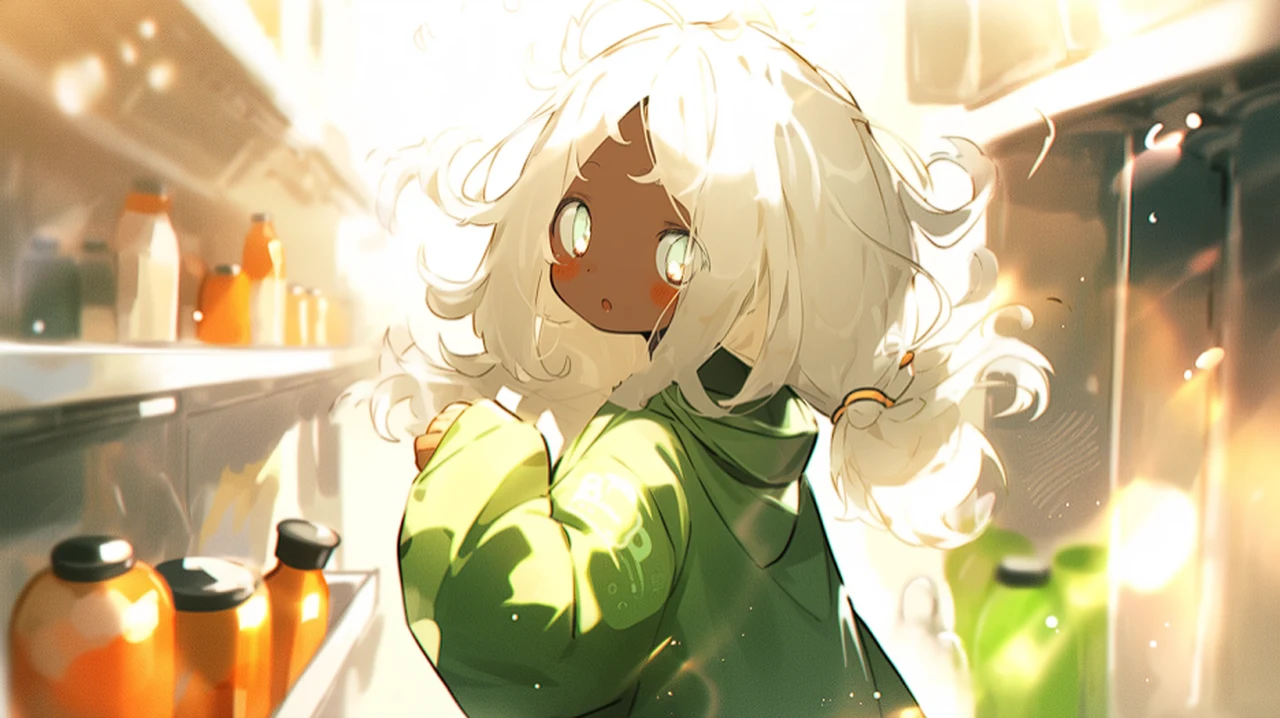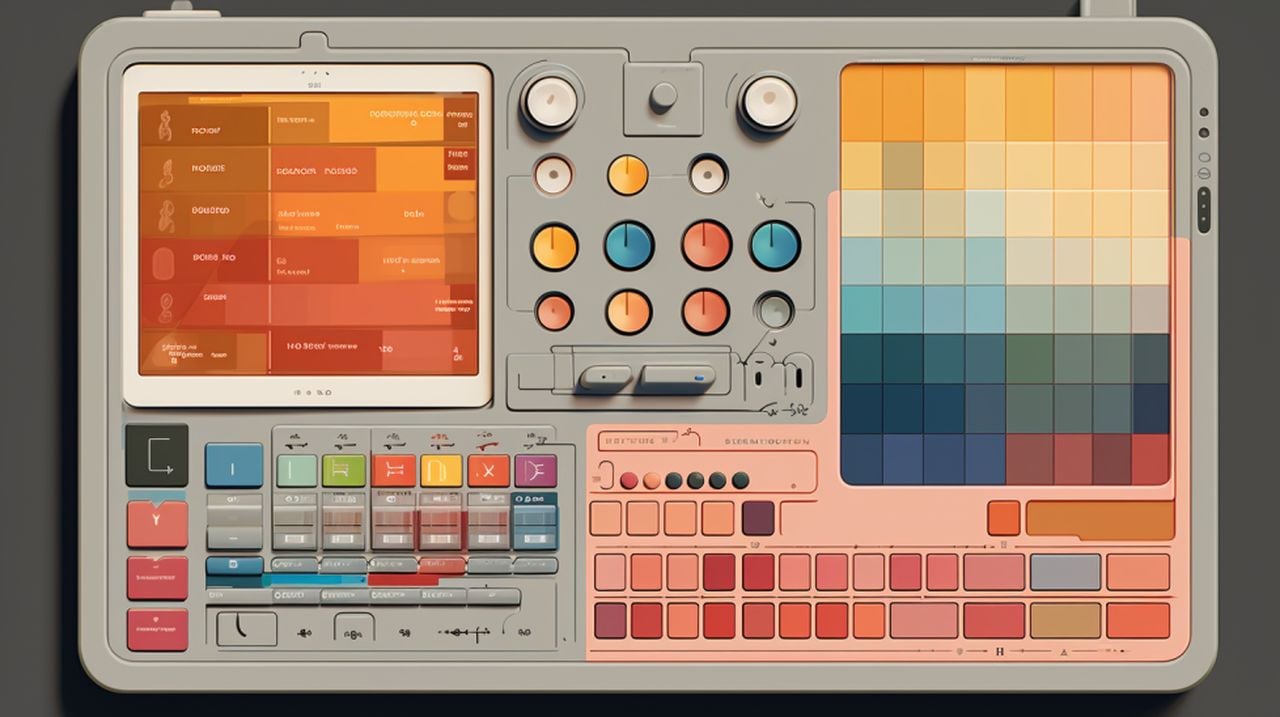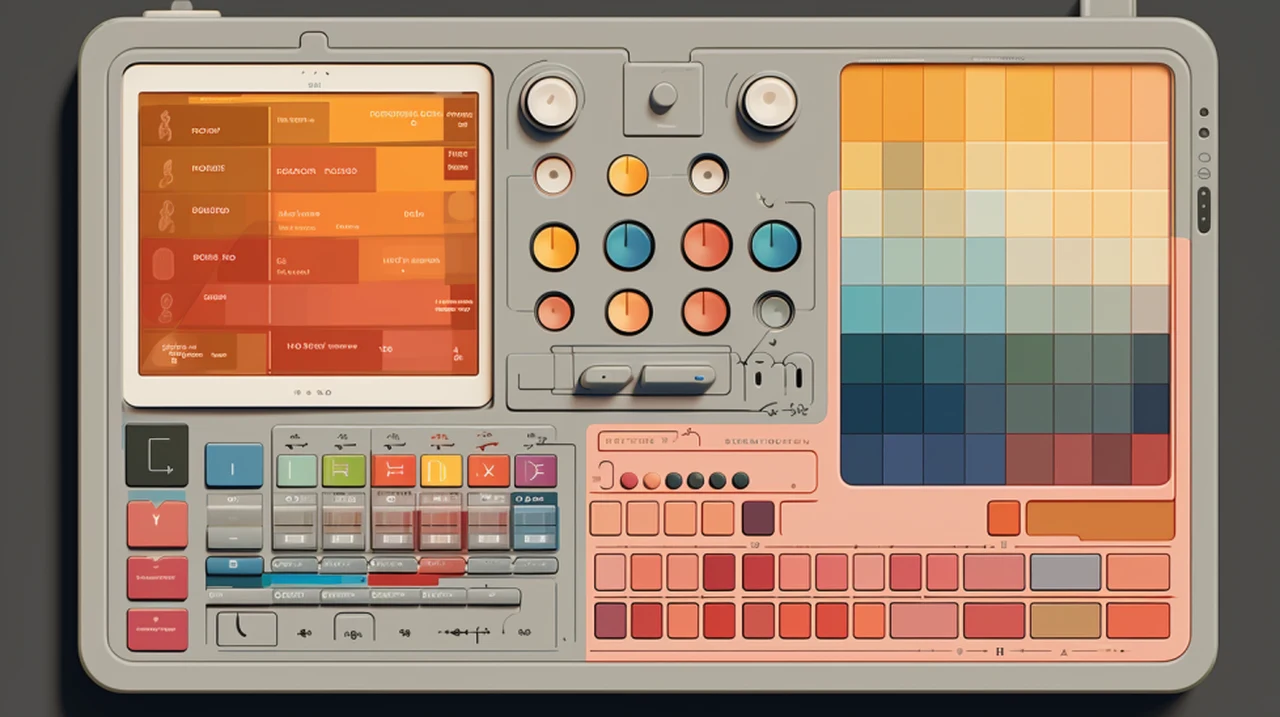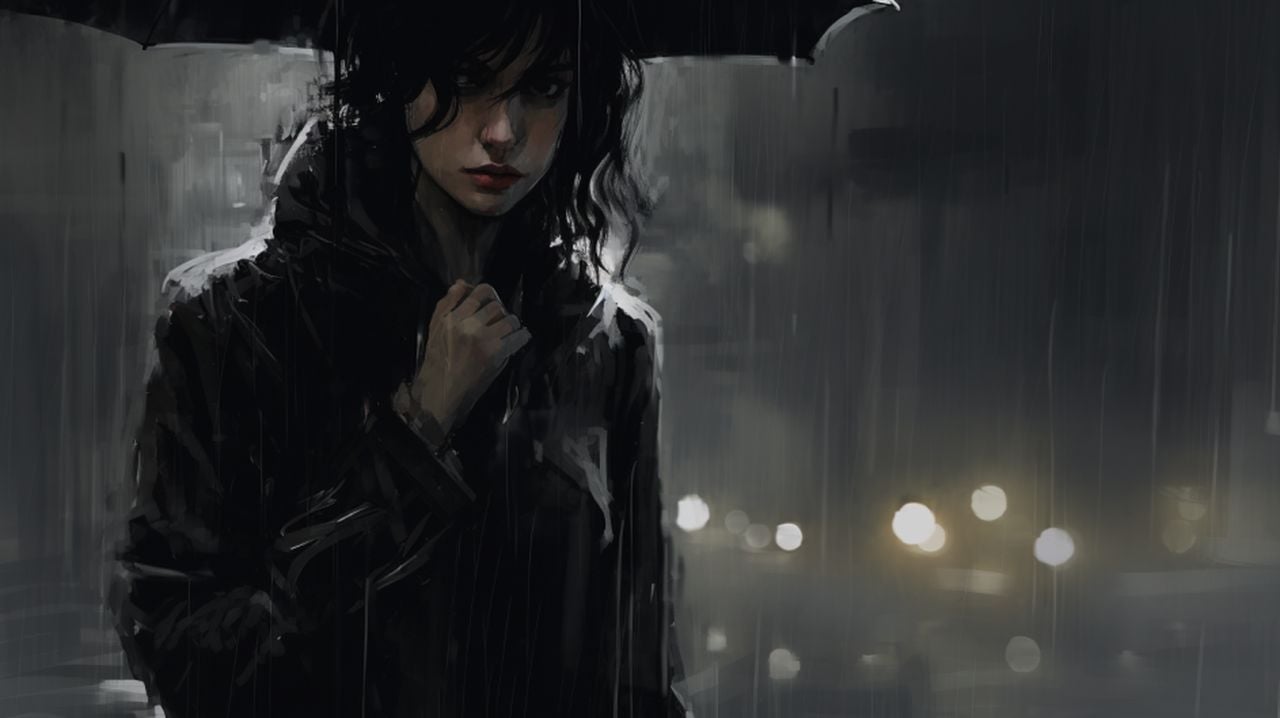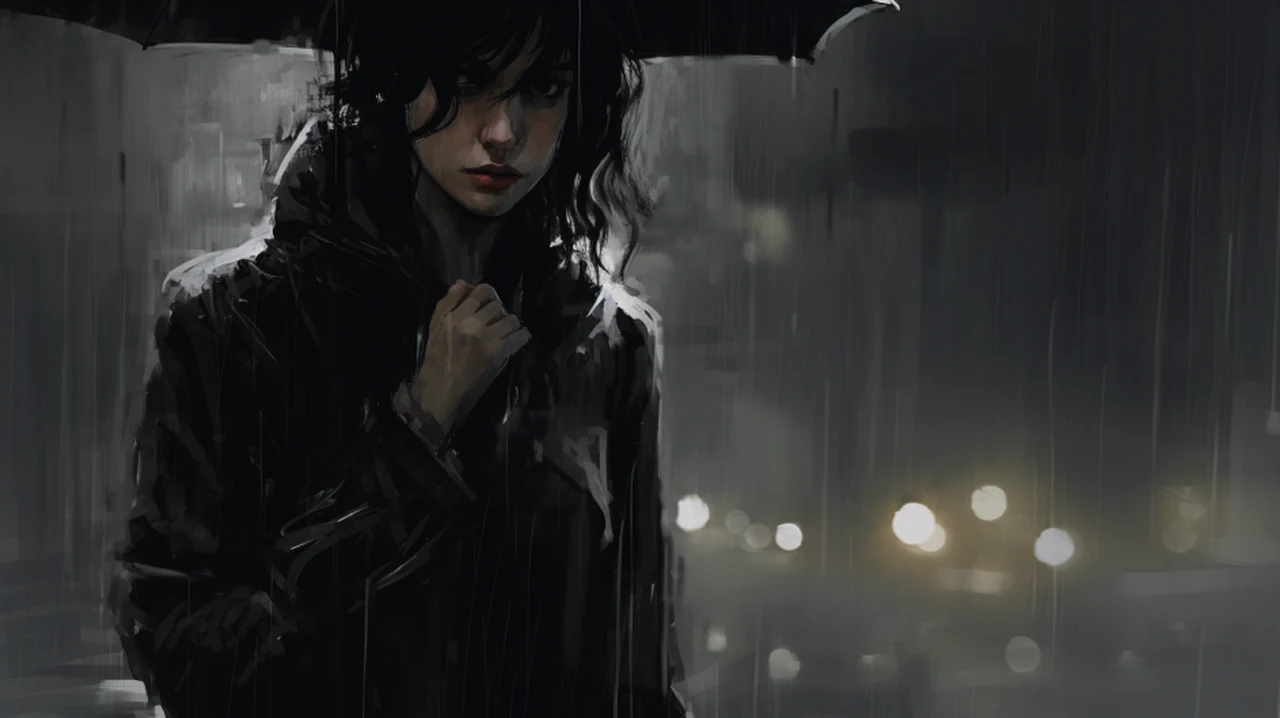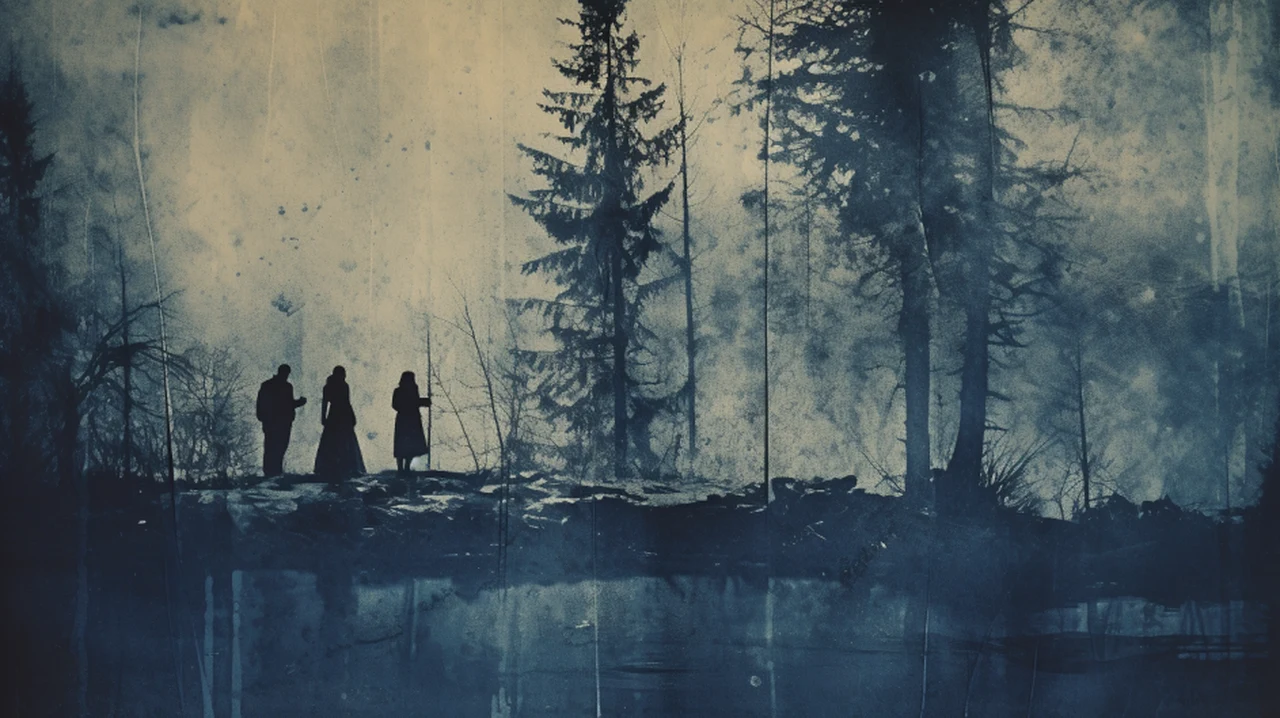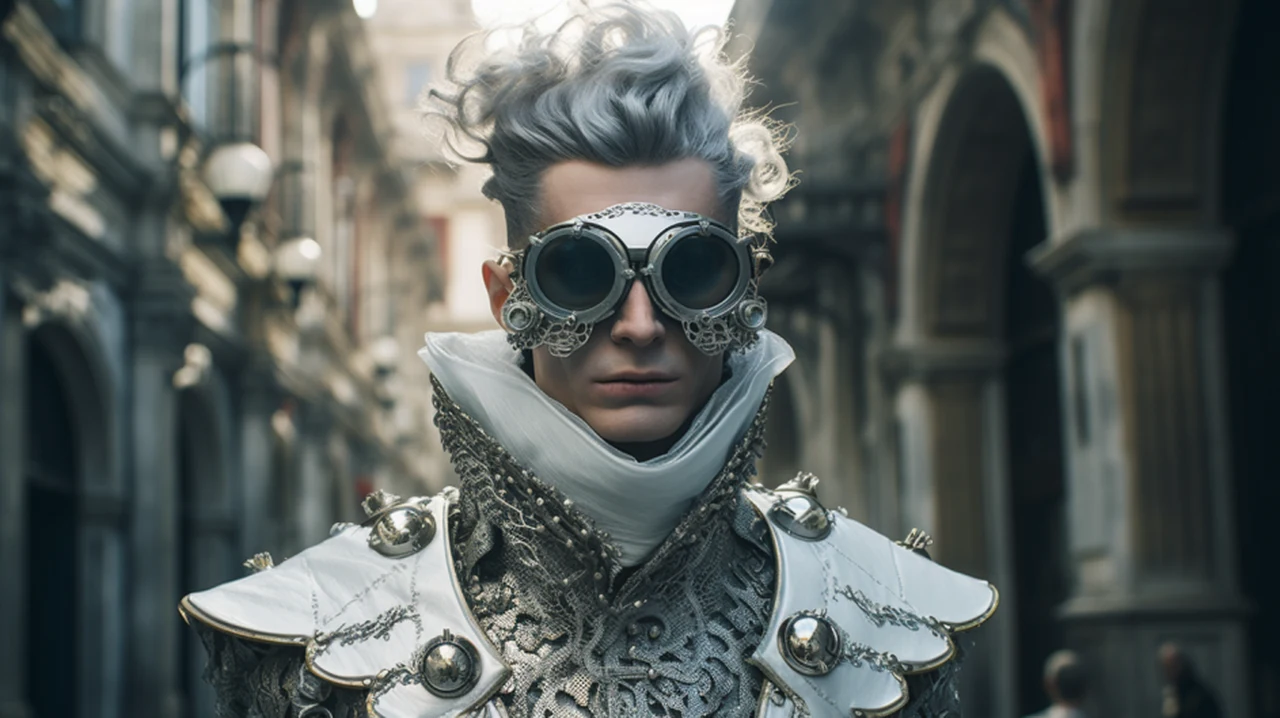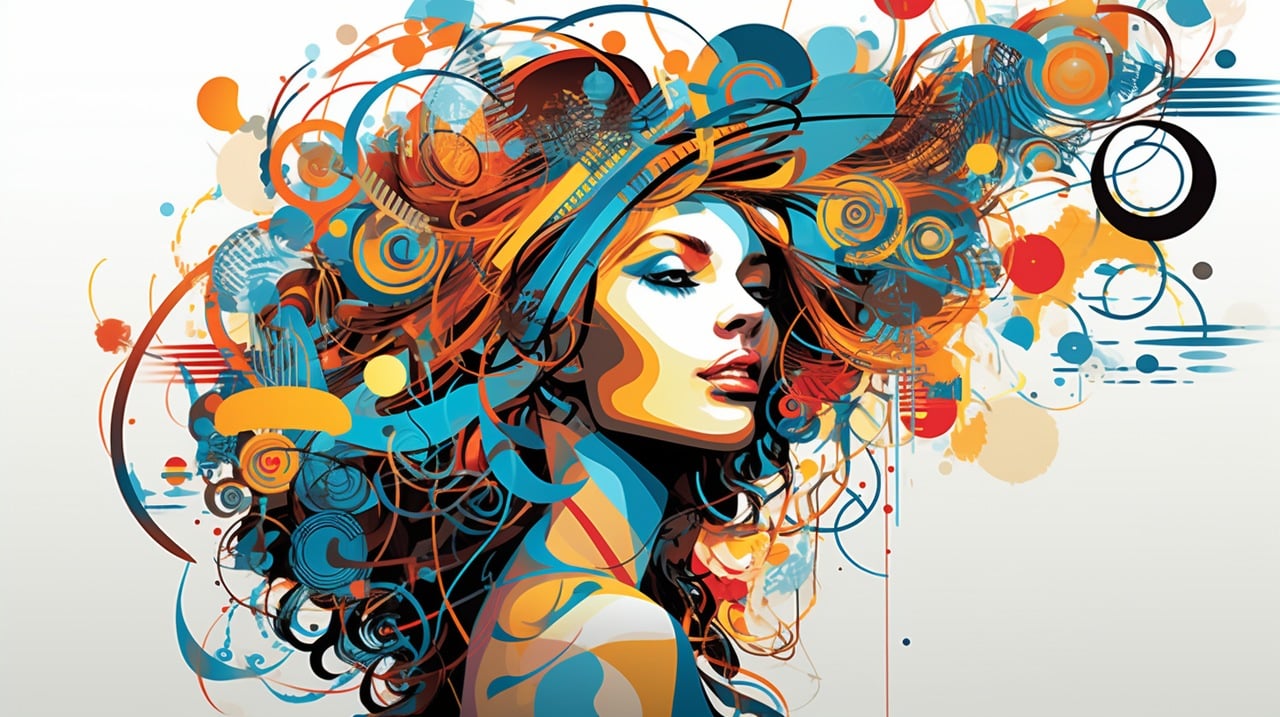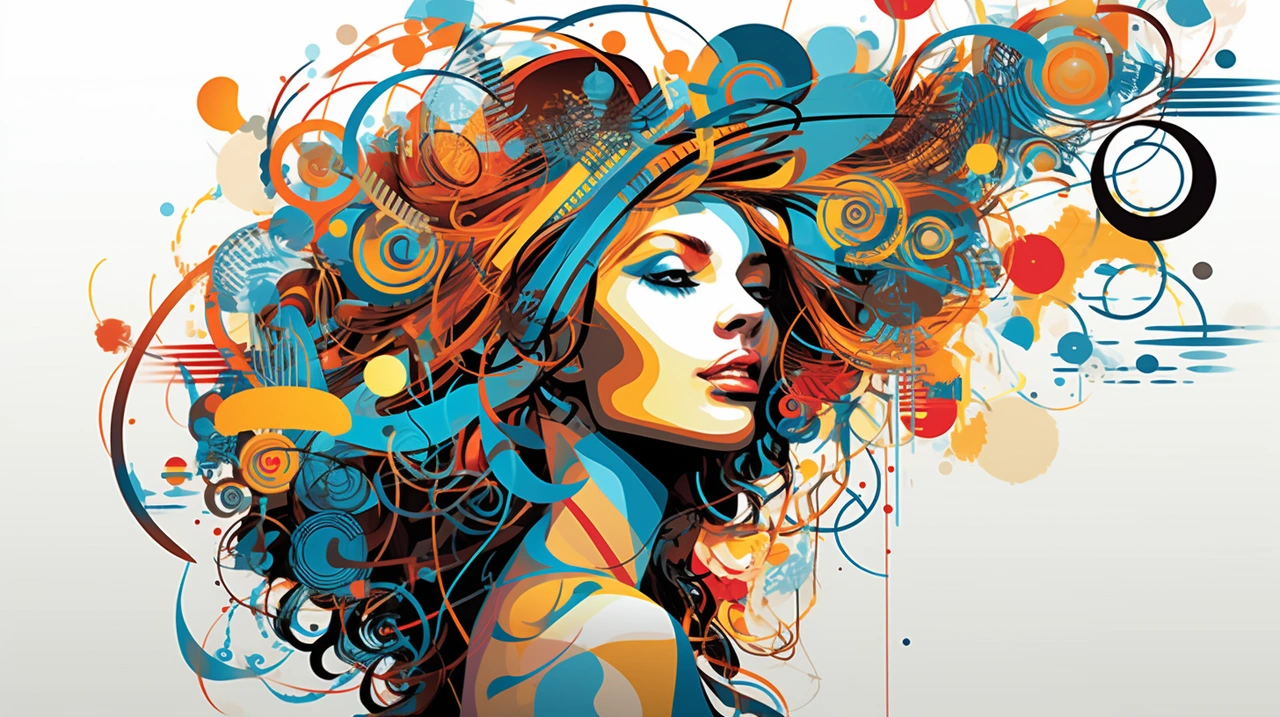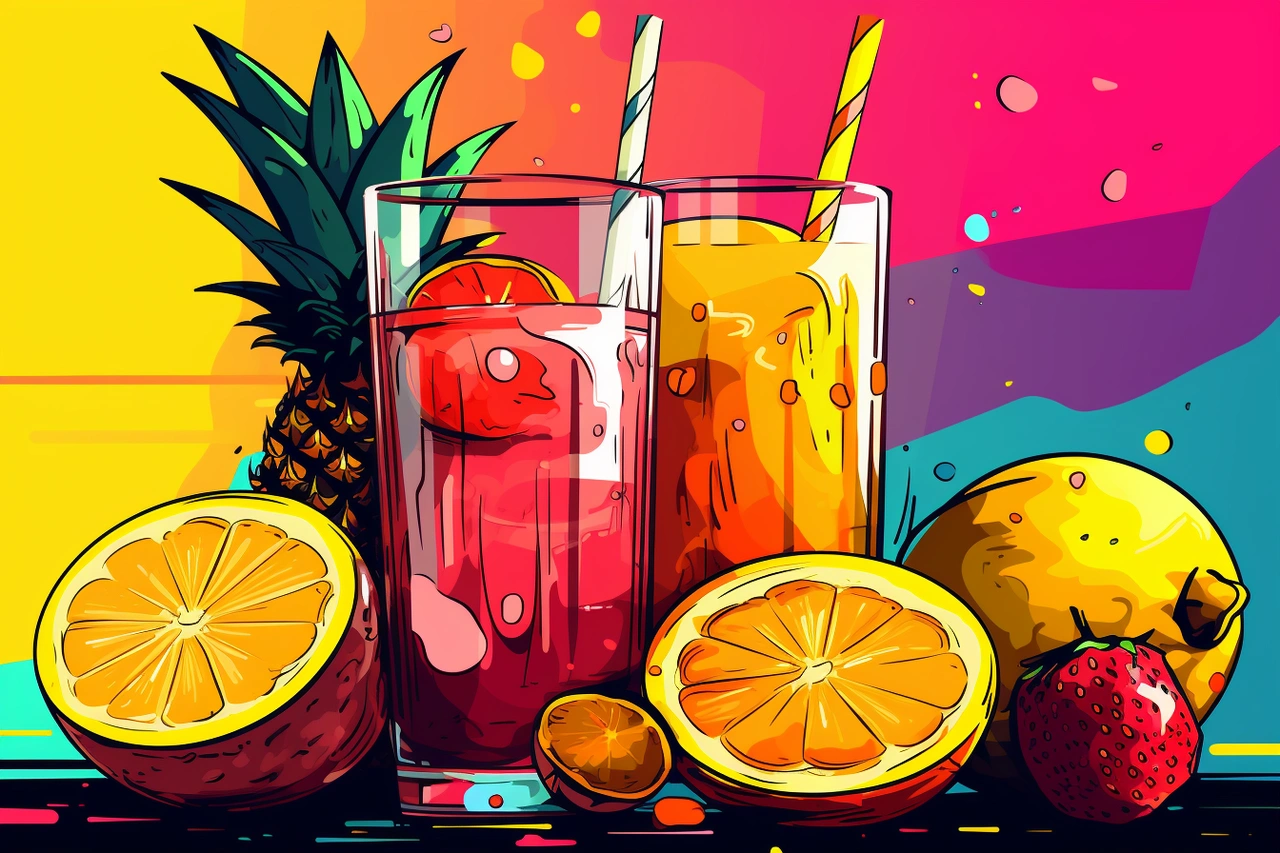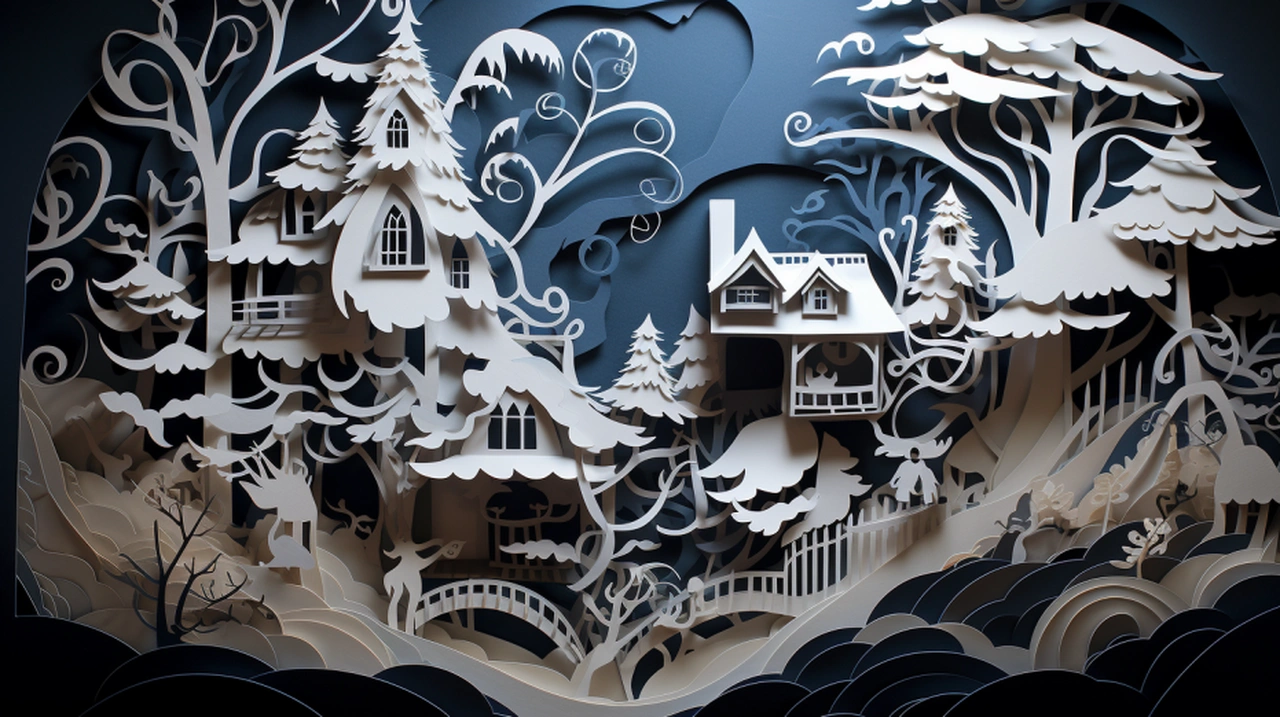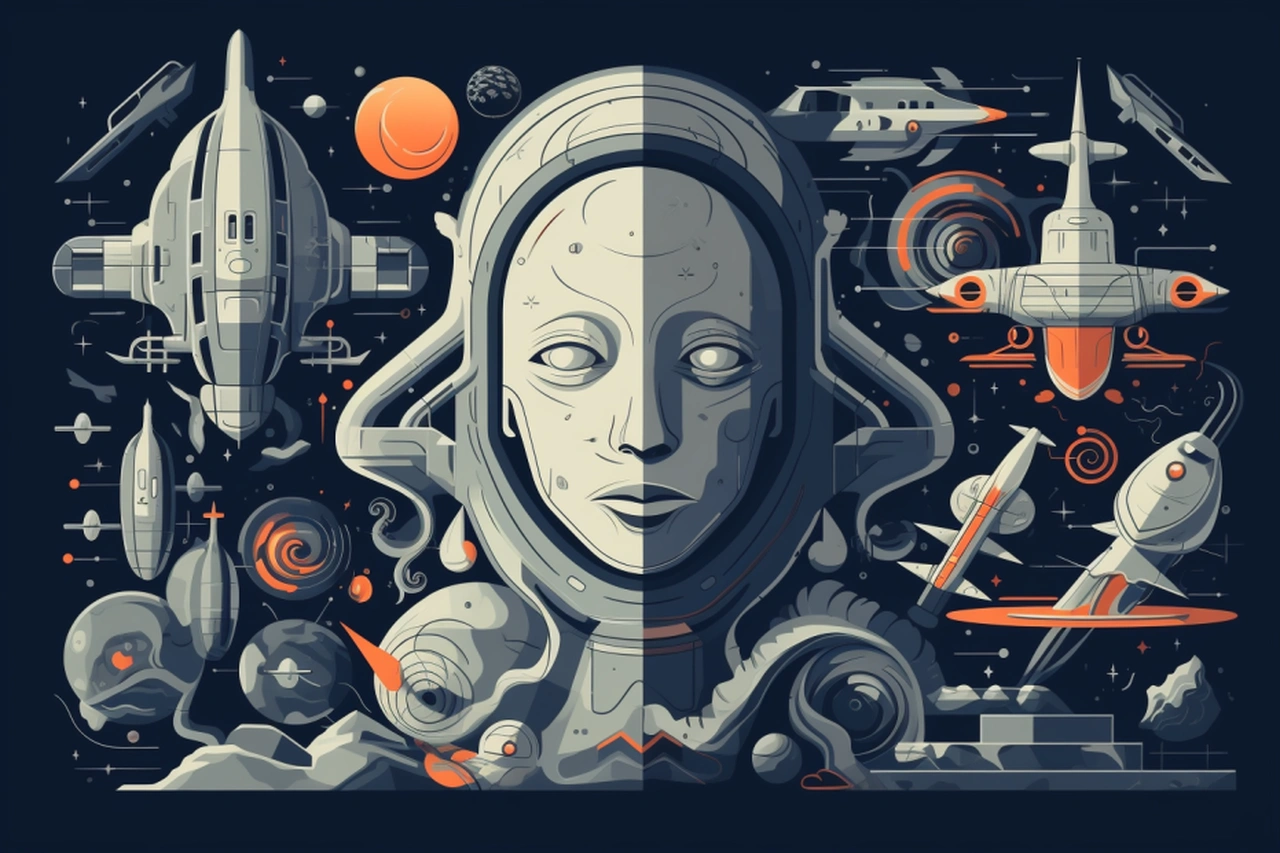[ad_1]
Harry Styles acaba de hacer su segunda película maravilla Apareció en tres años y perdió su apariencia en ambas ocasiones. La cantante británica no es ajena a la actuación, ya que interpretó el papel principal en ella. No te preocupes cariño Y un papel de apoyo en Dunkerque. Sin embargo, aún así fue una gran sorpresa cuando Styles consiguió un papel en el MCU. Debutará oficialmente en el MCU en 2021 durante Eternidad En una escena a mitad de créditos, se le presenta como el eterno Eros, También conocido como el hermano de Starfox y Thanos..
Ya estaba emocionado de ver cómo Marvel usaría el personaje de Styles en el futuro. Esta fue una extensión del personaje de Thanos incluso después de su muerte, y podría haber sido una oportunidad para que Stiles mostrara más de sus serias habilidades de actuación. Desafortunadamente, ha estado desaparecido del MCU desde que fue presentado por primera vez. Técnicamente hizo otro cameo de Marvel recientemente. Kraven el cazadorPero fue otra oportunidad fallida ya que Styles en realidad no apareció en la película. Esto crea dos películas en las que Marvel desperdició las apariciones de Styles en sólo tres años.
La oferta de Eternals por Harry Styles aún no se ha materializado en 2024
Eros no se ha mencionado desde 2021
Han pasado tres años desde la primera aparición oficial de Styles en el MCUy me sorprende que aún no haya llegado a buen término considerando su popularidad en la escena musical. Está claramente preparado para otra aparición en el futuro, dado cómo resultó. Eternidad Se reprodujo una escena a mitad de créditos. Los fanáticos estaban debatiendo si estaría en Eternidad Una secuela u otro proyecto de MCU completamente separado, pero ese no parece ser el caso en este momento.
Quizás la razón principal por la que Styles no ha regresado es por la recepción de los fans. Eternidad. El proyecto adoptó un enfoque cinematográfico ligeramente diferente al de la mayoría de las otras películas de superhéroes, y también fue una película llena de personajes completamente nuevos. muchos fans O no me gustó la película o no me gustó verla en absoluto.así que puedo entender por qué Marvel no querría esforzarse en crear una secuela. De todos modos, sigue siendo decepcionante saber que varios personajes, incluido Eros Styles, quedarán colgados.
Craven incorporó al cazador Harry Styles a su historia de una manera diferente
De hecho, su voz jugó un papel importante en la película.
Técnicamente, Styles puede decir que fue parte de otro proyecto de Marvel este año. Kraven el cazador Es la última versión de Sony. hombre araña universo y probablemente también el último. Aunque la película fracasó en taquilla con malas críticas, al menos puede presumir de haber tenido éxito en su aparición en Hidden Styles. Para demostrar su capacidad de imitar las voces de los demás, La película presenta a Dmitri Kravinoff cantando la canción de Styles “Sign of the Times”. Fred Hechinger sincronizó los labios con la voz de Styles para que su voz simulada fuera lo más creíble posible.
Los fanáticos entusiastas del cantante pudieron deducir que el audio utilizado en la película era en realidad la interpretación de Styles de la canción “Sign of the Times” de El show de Graham Norton en 2017. Aunque esta fue una forma inteligente de implementar el efecto de imitación Camaleón, parece una pena que el estudio no haya podido conseguir que Styles grabara un sonido específico para la película. Por supuesto, eso sólo sería posible en un mundo ideal donde Stiles tuviera suficiente tiempo para asumir un papel tan simple, sin embargo. No puedo evitar sentir que Marvel perdió la oportunidad de usarlo nuevamente.
El MCU todavía tiene la oportunidad de recuperar el cameo perdido de Harry Styles
Aún podría haber una secuela de Eternals
Obviamente, los personajes del MCU no aparecen en todos los proyectos, y es normal que no tengamos noticias de algunos hasta dentro de algunos años. pero, No ha habido mucha noticia de Marvel Studios sobre Eternidad continuación Desde el estreno de la primera película, esto me hace aún más pesimista acerca de que esto realmente suceda. Cuando el estudio anunció la desaceleración, también se habló de recortar proyectos que no garantizarían el éxito. Con la forma en que fue recibida la película, A Eternidad Es probable que una secuela sea uno de los proyectos discutidos.
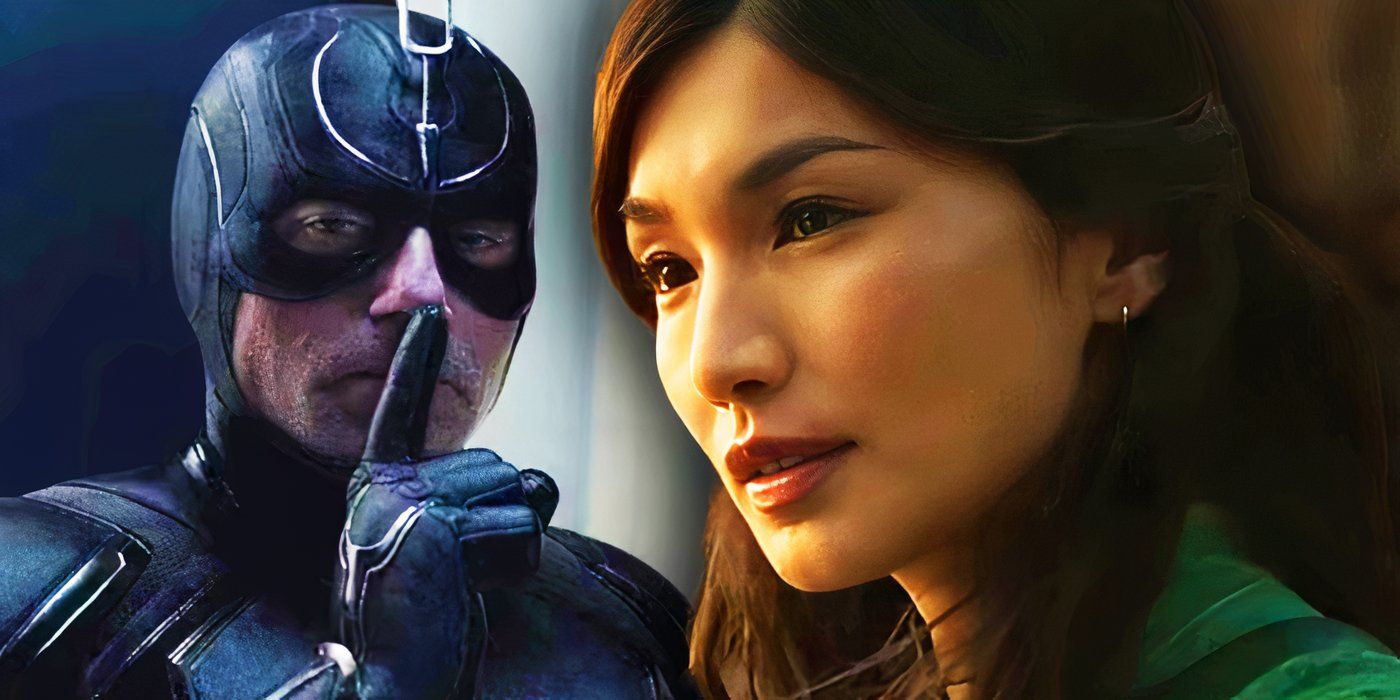
Relacionado con
El regreso del superhéroe de Kevin Feige al MCU podría redimir a dos equipos de Marvel a la vez y quiero que suceda
Los nuevos comentarios de Kevin Feige sobre el futuro del MCU me hacen pensar que dos grandes equipos de superhéroes podrían regresar pronto, lo que me hace muy feliz.
Todavía hay esperanza para Eternidad Secuela porque 2024 fue un año aún más exitoso para Marvel En términos de cifras de taquilla y aclamación de la crítica. La desaceleración realmente ha funcionado para el estudio este año, y parecen haber descubierto cómo tomar riesgos con sus proyectos y aún así lograr el éxito. desde Eternidad La secuela nunca ha estado completamente descartada y creo que es seguro tener esperanzas de que suceda. Eros Styles definitivamente jugará un papel importante en la secuela, realmente lo espero. MCU Finalmente decide pagar su aparición en 2021.
Próximas películas del MCU
-
- fecha de lanzamiento
-
14 de febrero de 2025
-
-
- fecha de lanzamiento
-
25 de julio de 2025
-
-
- fecha de lanzamiento
-
24 de julio de 2026
-
[ad_2]
Source Article Link


